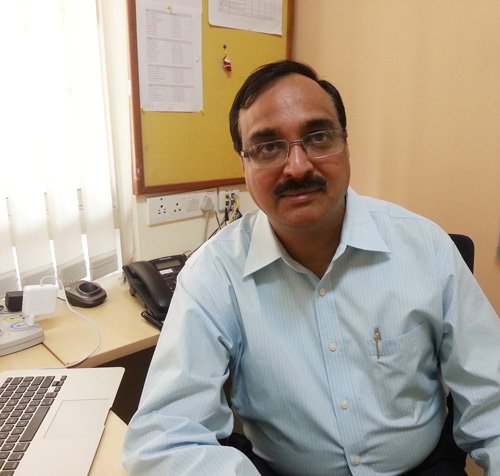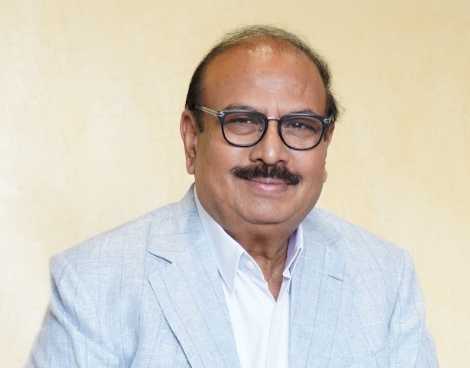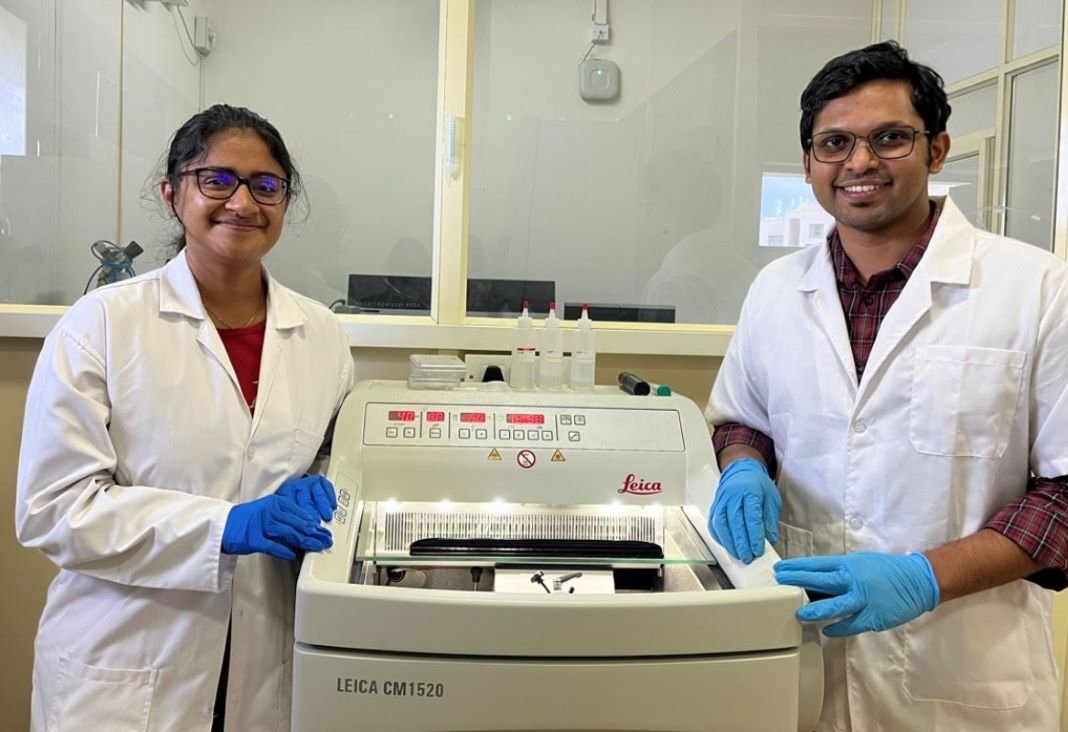"Telehealth market in India is enormous"
20 June 2015 | Interviews | By Rahul Koul Koul
"Telehealth market in India is enormous"

Mr Vasant G Shah, VP & Head, Medical Electronics Business Unit, Tata Elxsi.
Q: How do you define Telehealth and its tools? How can it transform the Indian healthcare scenario?
Although, Telehealth and Telemedicine are used interchangeably but to define Telehealth in its entirety we must first understand Telemedicine. Telemedicine is used to bridge the gap between patients and provider through electronic information and telecommunication technologies where they are separated by long-distance. While Telemedicine focuses on remote diagnosis and treatment of chronic diseases, Telehealth can refer to remote non-clinical services, such as patient and professional training, skill development of healthcare providers and administrators, in addition to clinical services. So with Telehealth, focus is on health rather than illness.
About the second part of the question, Telehealth has a huge potential in a country like India. Although, we have a well planned three tier public healthcare system in place, a large portion of rural Indian population is medically underserved. This is mainly due to the acute lack of care providers. While 70% of patients are from the rural areas, 75% and 23% of qualified medical practitioners are in urban and semi-urban areas respectively. To put this in perspective, Chennai has more neurosurgeons than entire North-Eastern part of India. Such a scenario only makes case for Telehealth more compelling. Since it is more cost effective and economical, Telehealth is one of the best options for healthcare services delivery for distant and remote areas. Using available telecommunication and information technology, it is quite possible for a rural dweller to consult a medical specialist without travelling to visit a healthcare facility which could be located hundreds of kilometers away. The only challenge is to integrate Telehealth in our existing healthcare system and benefit public at large.
Q: How big is Indian Telehealth market and its current and future growth rate? Which are the potential growth factors?
Telehealth in India is in its nascent stage so estimates vary widely. If you go by reports from some leading research firms, current size of Telehealth market in India could be anywhere between $15 million-$500 million. One thing is for certain that Telehealth market in India is enormous. Just to give an idea, about 70 percent of our population is rural, that would be at least 700 million people. Even if we could enable 10 percent of total medical consultations from rural population through Telehealth the market potential is huge.
Factors which will aid Telehealth growth and adoption in India range from need of time to competitive advantage for healthcare providers. Apart from rural population, we have homebound aging/geriatric population as well that is unable to reach for medical consultation and this population is only going to increase with time. Availability of affordable technology will compensate for shortage of trained healthcare professionals and will also lead to better management of healthcare resources.
Q: How can private players make the healthcare more accessible and affordable in rural settings? Is there any ongoing government programme on this?
India's healthcare budget is one of the world's lowest. If you go by the survey, health expenditure by government as percentage of GDP for 2014-15 is only 1.2 percent, lowest since 2012-13. Fortunately, Telehealth in India on the other hand has been implemented under the Public-Private Partnership model which brings in significant fund from the private sector. Private sector contribution to the healthcare at approximately 74% is amongst the highest in the world. Private players can bring in tools like telecommunication hardware and software, medical equipments, videoconferencing equipments which can ease up the burden from government's shoulder. Government has to define incentives for the hospitals, telecom service providers and the patients to attract more private sector investment.
Central Government as well as state governments under various healthcare program initiatives have begun implementing Telemedicine network. A budget of Rs 10 million is allotted to each state under NRHM for increasing Telemedicine nodes at district level.
Q: Please tell us about the Telehealth technologies being spearheaded by Tata Elxsi and your future expectations?
Currently, TATA Elxsi has developed various solutions on telehealth, more specific to connected care ecosystem. Video conferencing, connectivity protocols for device data transmission, remote monitoring of vital signs being few of them. Telemedicine initiatives are not new to TATA Elxsi, adoption of telemedicine technologies started a decade back.
TATA Elxsi provided either support or the complete telemedicine solution for use cases like, physician's outreach to remote facilities and clinics, wherein physician can directly access the patient's data without travelling to the patient location. They can diagnose, monitor as well as prescribe the medical care efficiently. Moreover, the solution can be extended to assess patient remotely via videoconferencing, preventing unnecessary carriage of patient for primary care.
TATA Elxsi foresees future in leveraging its connectivity expertise in integrating the various modules of connected care ecosystem such that data from the device as well as patient data can be pulled over from local aggregator as well as EMR on cloud. We also encourage the implementation of various interoperability standards and methods like HL7 and IHE to make the data accessible amongst various enterprise solutions without compromising the integrity.

















